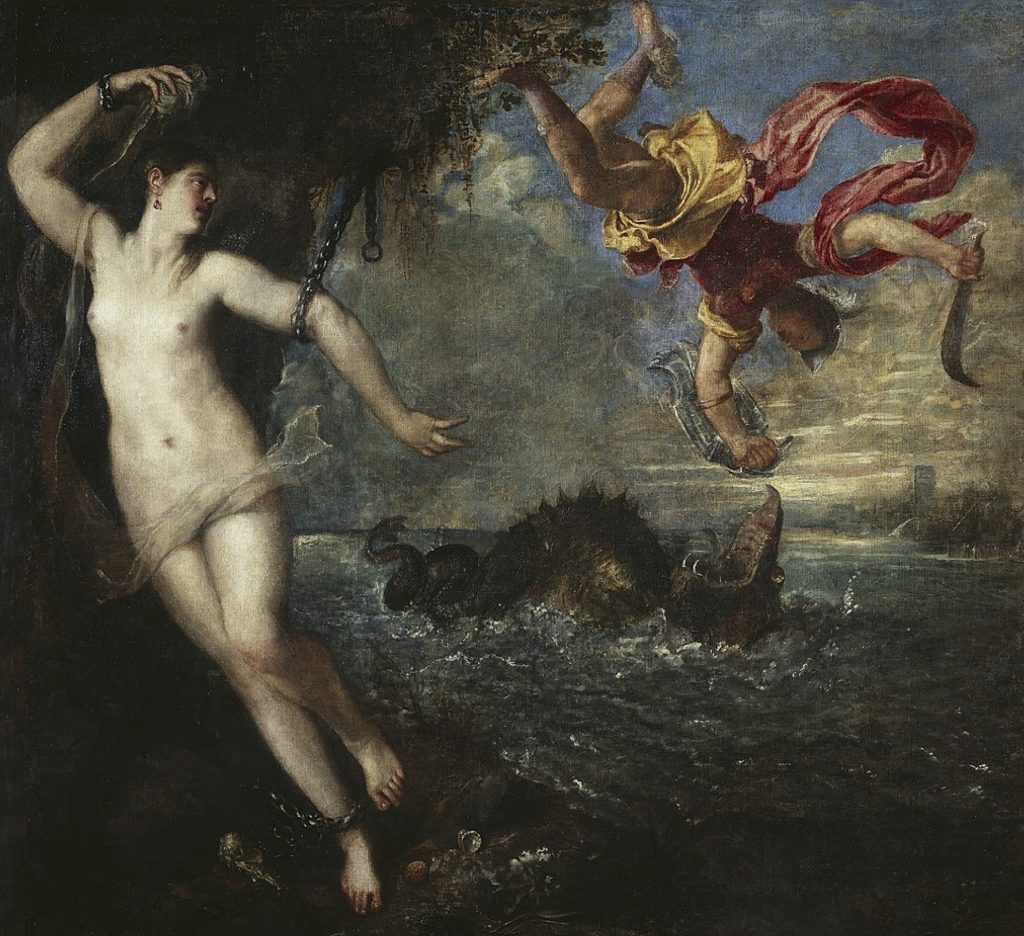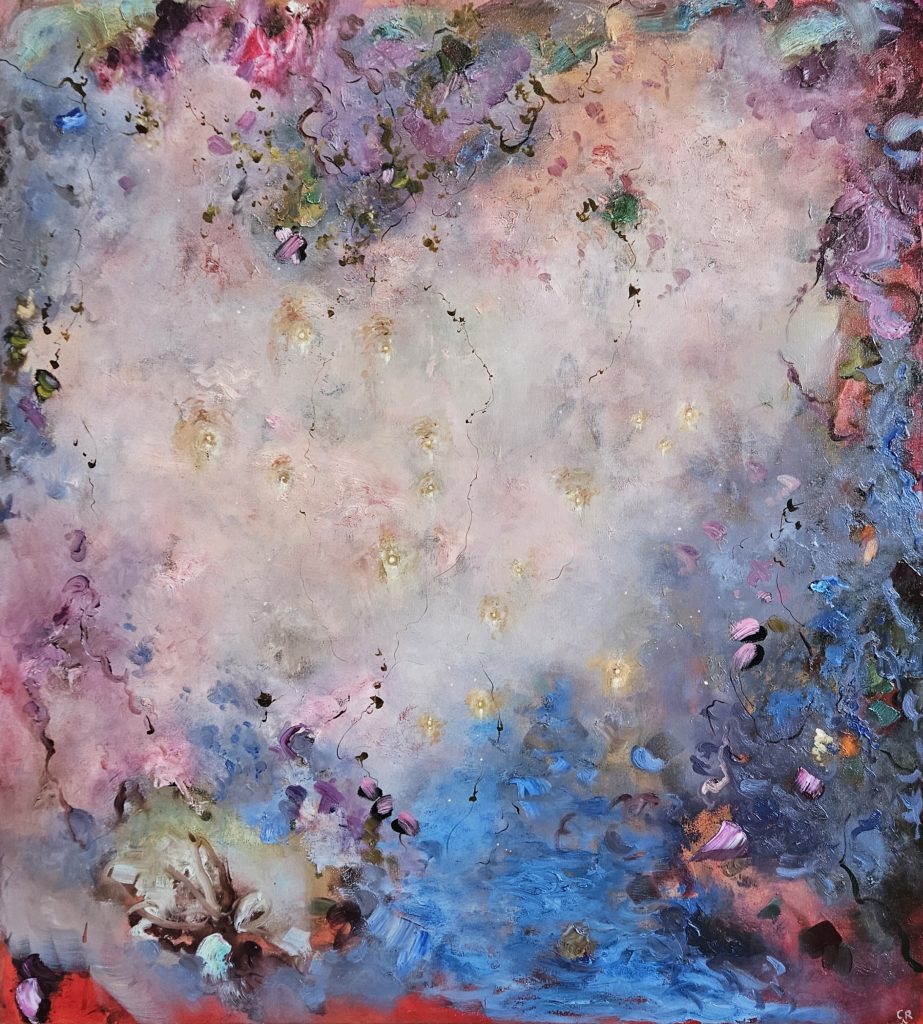I’m happy to announce my latest series of paintings, ‘Andromeda – A story in the stars’
I’m fascinated by a mythology across all ancient civilizations and how the stories have influenced the world today, aswell as astronomical aspects. The Story of Andromeda was an intriguing subject for me to approach across a set of paintings.
This blog gives me the opportunity to share in more details the story about the paintings, Keeping things brief, please read on if you’d like to understand more about the story of Andromeda, aswell as some facts from an Astronomical perspective!
The Story of Princess Andromeda in Mythology.
The first thing that struck me about this story is how it’s clearly a blueprint for every princess / hero story of modern times! The story of Andromeda (and Perseus) is one filled with betrayal, monsters, sacrifice, and of course, true love.
In ancient Greek mythology, Andromeda was the beautiful daughter of King Cepheus and Queen Cassiopeia.
Cassiopeia declared that Andromeda was even more beautiful than the Nereid sea nymphs (protectors of the sea’s bounty, known for their unsurpassed beauty) Once Poseidon (Greek god of the Sea) caught the wave of Cassiopeia’s blasphemy, he decided that this act of hubris could not go unpunished, so he released his pet sea monster Cetus who was sent to destroy Cepheus’ kingdom. To appease the god of the sea and to save their kingdom and people, King Cepheus and Queen Cassiopeia agreed to sacrifice Andromeda, they chained their daughter to a rock by the sea so that Cetus could get her easily.
But it was Andromeda’s lucky day; the hero Perseus just happened to be flying by on his winged horse Pegasus with Medusa’s head in tow. Prince Persues fell in love with Andromeda at first sight. Perseus killed the sea monster and married his true love.
The Astronomical view
All six constellations are part of the 48 Greek constellations, first listed in Claudius Ptolemy’s Almagest in the 2nd century CE.
The Andromeda constellation is located in the northern sky, between Cassiopeia’s W asterism and the Great Square of Pegasus.The constellation contains the only visible galaxy with naked eye. The Andromeda Galaxy. Andromeda


Andromeda Galaxy and Constellation
Cepheus is home to VV Cephei and the Garnet Star (Mu Cephei), both among the largest known stars in the Milky Way,
Cetus it is one of the largest constellations in the sky. Cetus has 14 stars with known exoplanets. It also hosts Earendel, the most distant star discovered to date.
Perseus There are two meteor showers associated with this constellation; the Perseids and the September Perseids. Perseus is also home to Algol, the Demon Star, one of the best known stars in the sky. It was the first eclipsing binary star ever discovered and one of the first variable stars to be found.
Cassiopeia The star’s traditional name, Schedar, is derived from the Arabic şadr, which means “breast.” The name refers to the star’s position, marking Cassiopeia’s heart. Cassiopeia is home to one of the rarest known classes of stars, Rho Cassiopeiae a yellow hypergiants, only seven of which are currently known in the Milky Way Galaxy. It is approximately 11,650 light years distant and one of the most luminous stars known. In spite of the distance, Rho Cassiopeiae is visible to the unaided ey as it is 550,000 times brighter than the Sun.
Pegasus constellation lies in the northern hemisphere. It is one of the largest constellations in the sky.the constellation is known as Pegasus or the Winged Horse. A star in this constellation known as 51 Pegasi b, was the first sun-like star known to have a planet orbiting around it.
To enquire about the paintings
These paintings along with others will be shown at Miami Palm Beach Modern + Contemporary March 21st – 24th aswell as works at Chicago Expo April 11th-14th. The paintings are all 110cm x 100cm Oil /Genuine Gold leaf on Linen. For enquiries on availability please visit here and contact Pontone Gallery.
Thank you very much for reading.






